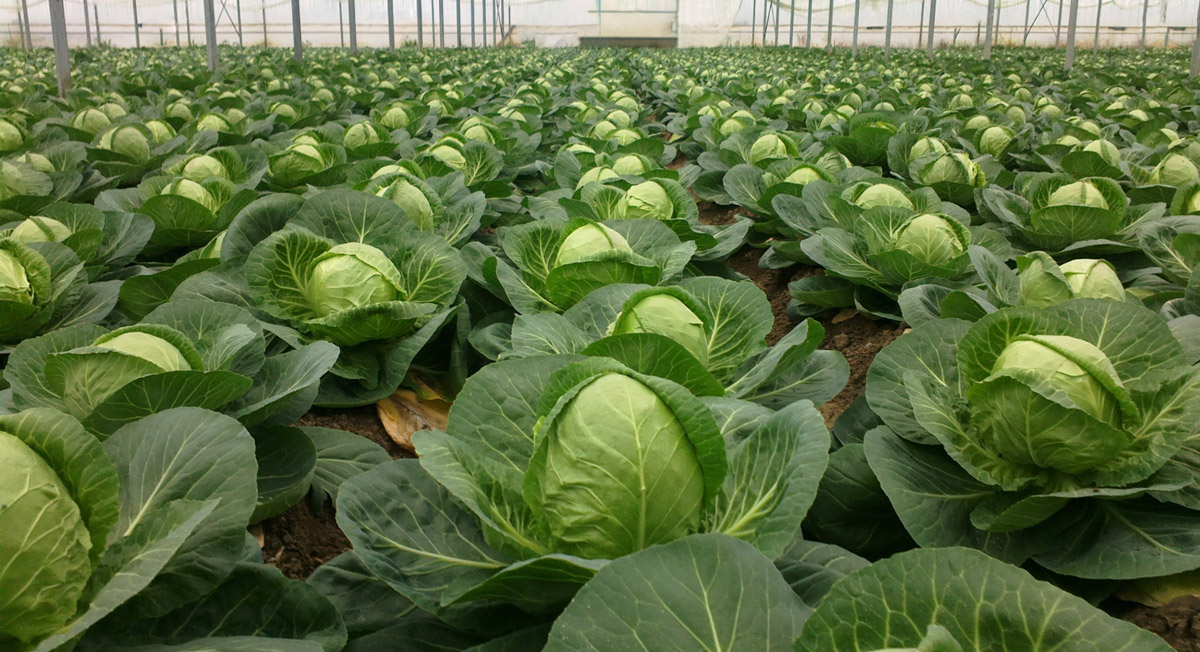 Cabbage is a favorite vegetable in every family. Many gardeners in their plots are engaged in crop cultivation. However, to get a decent harvest, you should try hard. The technology of growing cabbage has its own subtleties, and the final result of labor will depend on compliance with temperature conditions.
Cabbage is a favorite vegetable in every family. Many gardeners in their plots are engaged in crop cultivation. However, to get a decent harvest, you should try hard. The technology of growing cabbage has its own subtleties, and the final result of labor will depend on compliance with temperature conditions.
Content
Temperature Requirements
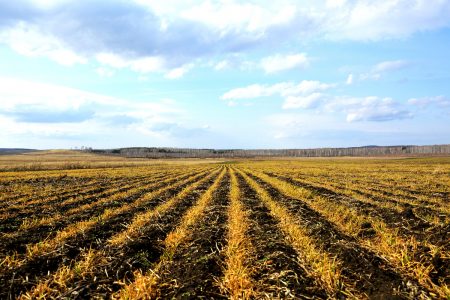 When growing vegetables, both seedling and seedling methods are used. Temperature conditions growing seedlings in spring and different in the fall. Without them, young seedlings will be weak and painful, and by autumn the vegetable will form a poor-quality head of cabbage.
When growing vegetables, both seedling and seedling methods are used. Temperature conditions growing seedlings in spring and different in the fall. Without them, young seedlings will be weak and painful, and by autumn the vegetable will form a poor-quality head of cabbage.
For seedlings in the spring
To obtain a high percentage of cabbage yield, you should observe the temperature of seedlings in the spring:
| Period |
White-headed Red-headed |
Color | Kohlrabi | Brussels |
| Seed germination | +18 — +22 | +20 - +24 during the day | +18 - +20 during the day | +20 - +22 during the day |
| 1-7 day after germination | +16 - +18 round the clock | +18 round the clock | +18 round the clock | +17 - +18 round the clock |
| 7-15 day from the beginning of seedlings |
+18 afternoon +13 at night |
+18 afternoon +16 at night |
+17 - +18 in the afternoon +13 - +16 at night |
+18 afternoon +15 at night |
| 15-35 day from the beginning of seedlings |
+18 - +20 in the afternoon +16 at night |
+20 in the afternoon +16 at night |
+18 - +20 in the afternoon +16 at night |
+20 in the afternoon +16 at night |
Lowering the temperature at night will protect young plants from stretching, will allow to build up a more powerful root system. In addition, the seedlings are squat, easier to transfer the planting to a permanent place in the ground.
For culture in the fall
For the normal development of plants in the fall, different varieties of vegetables need appropriate modes:
| Grade | In the afternoon | At night |
| Early white | +18 — +25 | +13 -+18 |
| Medium white | +20 | +16 |
| Late white | +14 — +18 | +10 — +16 |
| Color | +20 — +25 | +18 |
| Medium Early Redhead | +18 — +20 | +16 |
| Late Redhead | +16 — +20 | +16 — +18 |
| Kohlrabi | +18 | +16 |
| Brussels | +20 — +25 | +18 |
Low temperature effect
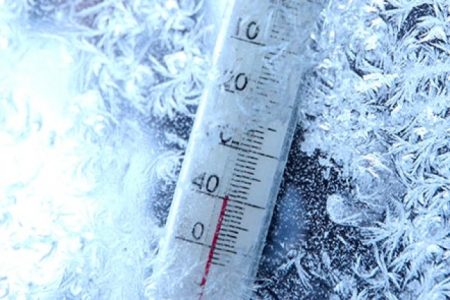 The effect of frost affects the varieties and varieties of vegetables in different ways. Some species have frost resistance up to -10 degrees, others are not able to withstand even a thermodynamic parameter close to zero. Unstable varieties get sick requiring immediate rehabilitation. Therefore, the effect of low temperatures on each type of cabbage is individual.
The effect of frost affects the varieties and varieties of vegetables in different ways. Some species have frost resistance up to -10 degrees, others are not able to withstand even a thermodynamic parameter close to zero. Unstable varieties get sick requiring immediate rehabilitation. Therefore, the effect of low temperatures on each type of cabbage is individual.
Seedlings in spring
To obtain healthy and strong seedlings, it is important to observe the thermodynamic parameters of soil and air in different phases of seedling development. Sprouts of cabbage after sowing seeds appear already at +5 - +10 degrees. However, seedlings growing at low temperatures are often affected by the "black leg" and rot. Therefore, it should not be allowed to lower the thermodynamic parameter below +10 degrees.
To the culture in the fall
Autumn culture tolerates cold well. Red cabbage and white cabbage are rarely harvested before the first snow falls. The vegetable will easily tolerate freezing up to -7 degrees, provided that its thawing is gradual. Cauliflower and Brussels sprouts can withstand a decrease in the thermodynamic parameter to only -1 degrees, provided that the cooling period is short-lived.Otherwise, frost-bitten areas will block the flow of oxygen into the head of the head, a nebula of the heads will form in the plant. The disease will lead to rapid decay, and the plant will become unfit for human consumption.
Frost Resistance
Adult plants in the phase of technical ripeness of head of cabbage are cold-resistant depending on the species and variety. Moreover, late-ripening hybrids and varieties are more resistant to frost than mid-ripening and early ones.
| Grade | Cold resistance |
| Early white | to -5 |
| Medium white | until 6 |
| Late white | to -11 |
| Color | to -1 |
| Medium Early Redhead | until 6 |
| Late Redhead | to -8 |
| Kohlrabi | to -5 |
| Brussels | up to -2 |
Seedling hardening
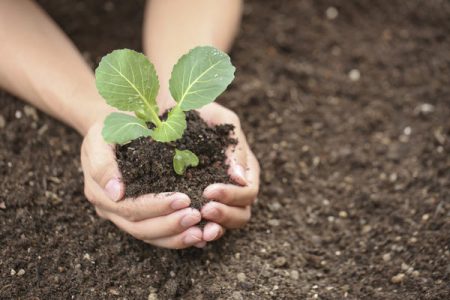 Seedlings grown on indoor window sills or in greenhouse constructions are used to artificial growing conditions. Therefore, a sharp change in conditions will lead to their death. Learning seedlings to ultraviolet radiation and lower thermodynamic parameters will make plants resistant to sunlight, rainfall and frost. Hardening should begin 12-15 days before the seedlings are planted in a permanent place in the ground:
Seedlings grown on indoor window sills or in greenhouse constructions are used to artificial growing conditions. Therefore, a sharp change in conditions will lead to their death. Learning seedlings to ultraviolet radiation and lower thermodynamic parameters will make plants resistant to sunlight, rainfall and frost. Hardening should begin 12-15 days before the seedlings are planted in a permanent place in the ground:
- Take containers with plants daily to the open air, leaving them from the beginning for two to three hours, gradually increasing the time. At night, bring the containers into the room, and if the weather is very hot, plants pritenit.
- Ten days after the start of hardening, in the absence of the threat of frost, leave seedlings overnight in the open air;
- TO permanent change young seedlings are ready for open ground when four real leaves grow. Foliage should have a deep green color without signs of damage from ultraviolet radiation.
Harvesting after frost
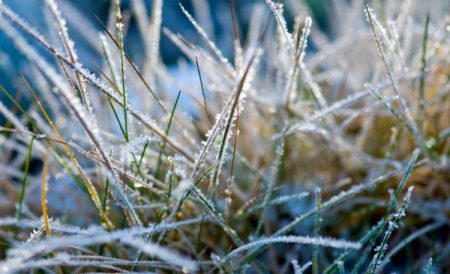 With minus thermodynamic parameters, the water in the plant cells freezes, turning into ice. When exposed to frozen areas of sunlight, the ice does not have time to thaw and breaks the cells, leading the cabbage leaves to death. To return to life the heads of cabbage and seedlings affected by frost can be several methods.
With minus thermodynamic parameters, the water in the plant cells freezes, turning into ice. When exposed to frozen areas of sunlight, the ice does not have time to thaw and breaks the cells, leading the cabbage leaves to death. To return to life the heads of cabbage and seedlings affected by frost can be several methods.
Seedling Rescue
If seedlings are damaged by frost, in the early morning until strong exposure to sunlight, plants need to be treated with cold water using a hose or sprayer. After spraying, shade with large boxes or newspapers. In the evening, remove the covering material from the plants. Using this method, the cabbage foliage will slowly thaw and the seedlings will recover.
Saving Culture in the Fall
Frozen plants will be reanimated by fertilizers and growth activators that will save the culture even when the temperature drops to minus seven degrees. To do this, take the following measures:
- Spraying with growth stimulants. Restoring the health of the culture after a small freezing will help the treatment of plants by any of the activators. Preparations mobilize all internal organs of plants after damage, stimulate their physiological processes to restore. The substance-chitosan, contained in the main formula of the growth stimulants Epin, Zircon, helps plants to develop immunity to an aggressive environment, withstand against frosts.
- Fertilizing with mineral fertilizers. Help vegetables, which suffered from freezing, it is possible by applying nitrate and superphosphate to the soil per one square meter: 10 g of superphosphate, 15 g of nitrate. Fertilizing additionally stimulates the growth of the vegetable, helps to maintain a lossless crop.
Advice
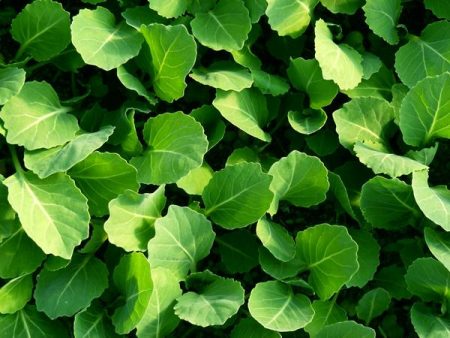 When growing an agricultural vegetable crop, you should consider some recommendations that will help ease the work of the gardener, as well as improve the survival rate of plants. The main ones are:
When growing an agricultural vegetable crop, you should consider some recommendations that will help ease the work of the gardener, as well as improve the survival rate of plants. The main ones are:
- Acquire seed material based on the climatic conditions of the region where cabbage will be grown. And also to study what thermodynamic parameters a variety or hybrid can withstand.
- Prepare seeds for planting: disinfect with fungicides, treat with activator preparations.
- Avoid increasing air temperature at night when growing seedlings, as this will lead to depletion of plants.
- To provide young seedlings with good ventilation and additional lighting at the initial stage of growth.
Knowing what temperature parameters each type of vegetable tolerates, observing the basic agricultural techniques during cultivation, it will not be difficult to get a good cabbage crop.

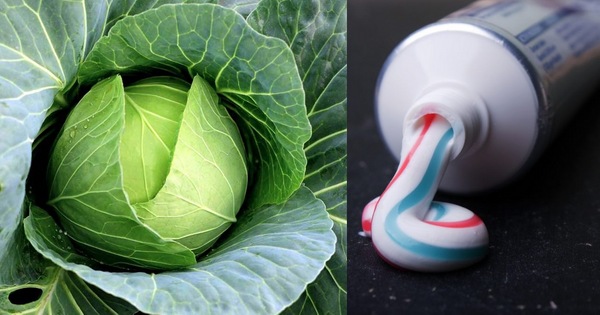
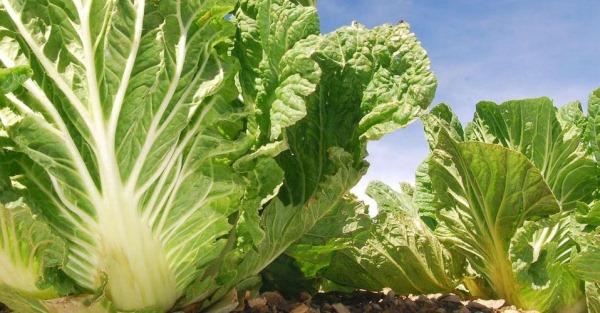
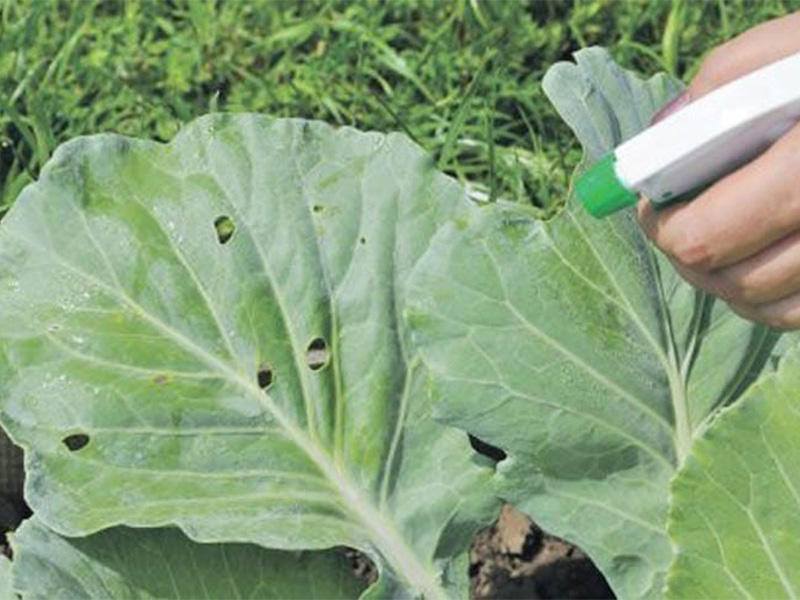
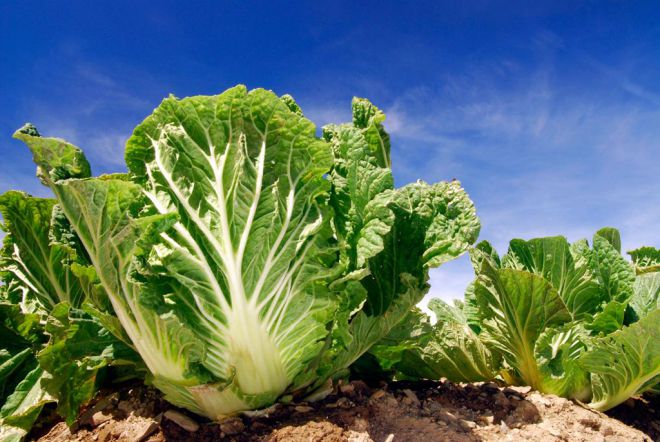 How to grow Chinese cabbage on your site?
How to grow Chinese cabbage on your site?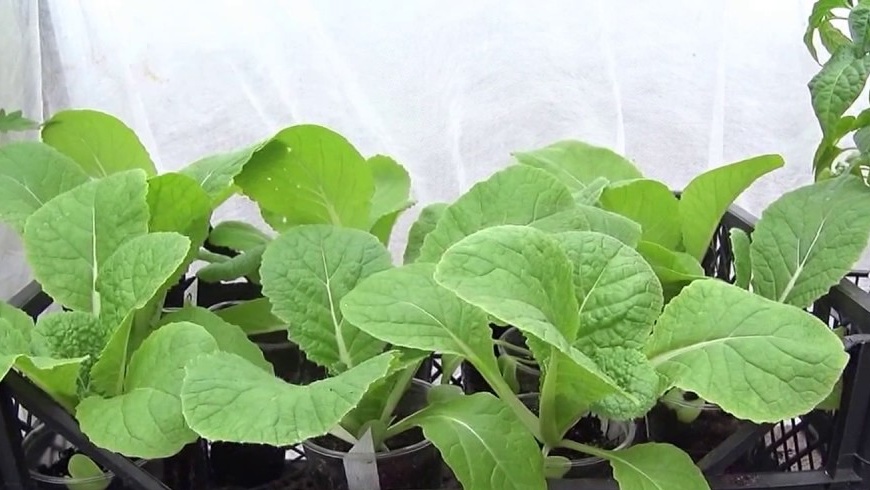 When to plant Chinese cabbage on seedlings in 2024
When to plant Chinese cabbage on seedlings in 2024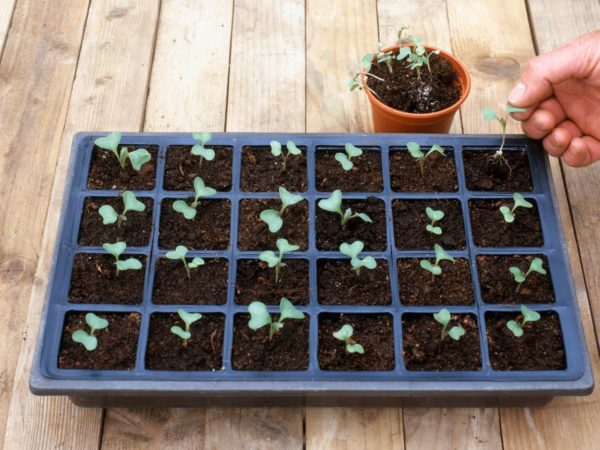 When to sow cabbage for seedlings in 2019 on the moon
When to sow cabbage for seedlings in 2019 on the moon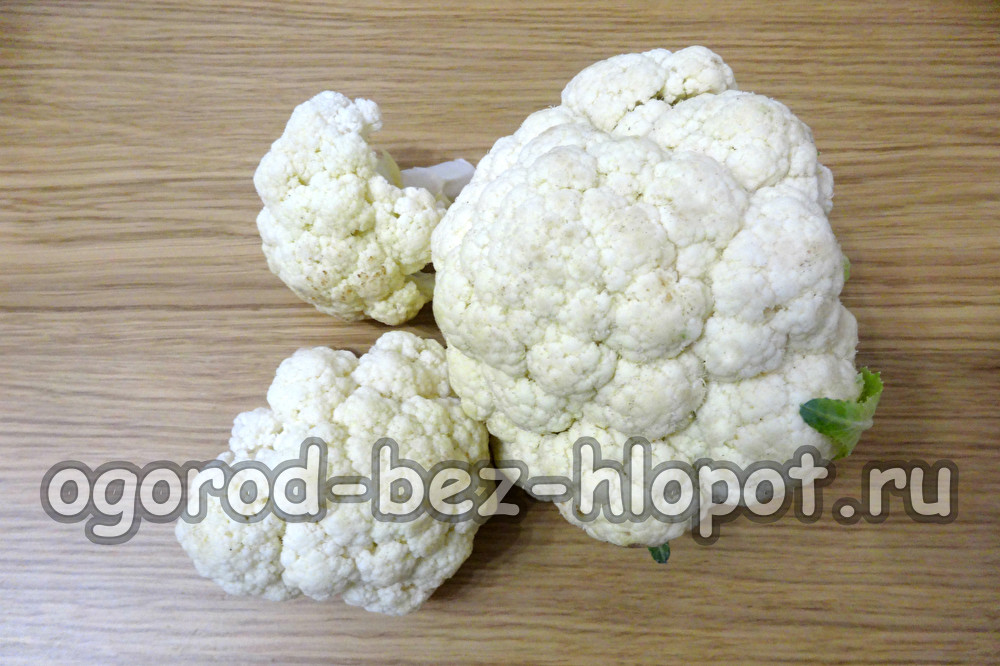 Cauliflower: how to grow large snow-white inflorescences
Cauliflower: how to grow large snow-white inflorescences